Onam is known as the Harvest festival of Kerala, the last state on India’s southwestern belt. It takes place in the beginning of Chingam, the first month of Malayalam Calendar (Kollavarsham) with festivities running across 10 days.This year i.e Onam 2017 falls on September 4th(Thiruvonam).
The calendar consists of 12 months, named after the signs of the Zodiac, with 27 daily nakshatras, or stars. Onam starts on Atham, followed by Chithira, Chodhi, Vishakam, Anizham, Thriketa, Moolam, Pooradam, Uthradam and ending on the 10th day with Thiruvonam. Throughout these days festivities continue in great vigour and enthusiasm. Of the several that take place during this time, the below are the most significant.
Onam 2017 – Importance and Significance
Onam Athachamayam:
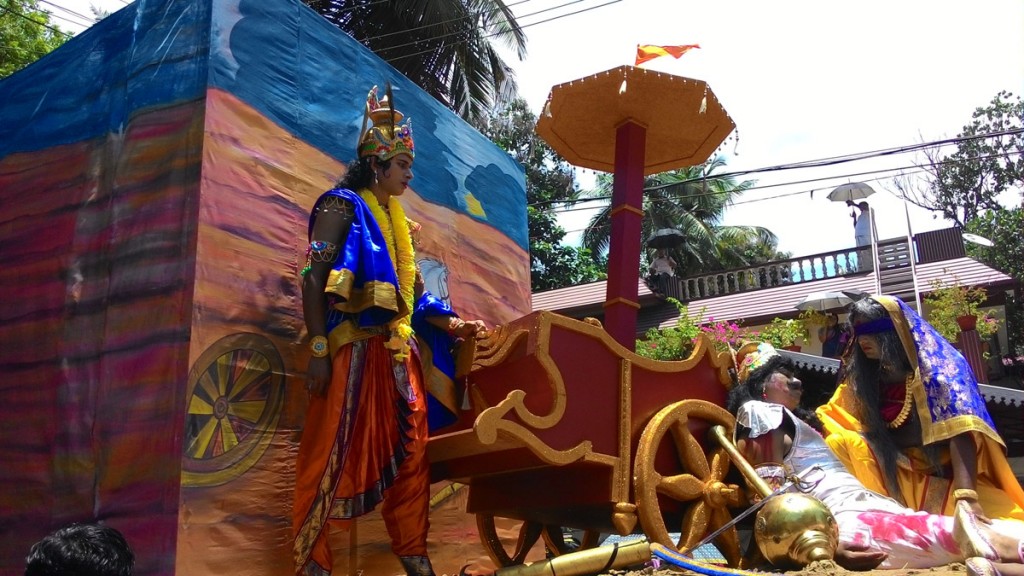
This is a cultural gala that takes place at Thripunithura in Ernakulam district, and considered as “a true reflection of the bygone era of the King’s reign and the society’s receptiveness towards people of various backgrounds, irrespective of caste and creed”. It is celebrated to commemorate the legendary reign of the Maharaja of Kochi. It is believed to be the onset of Onam celebrations. The Maharaja, dressed in his regal glory would head a procession from the Kunnumel Kottaram, as the Hill Palace, to the Thrikkakara Vamanamoorthy Temple where he offered special prayers. The procession is known to have consisted of several sects including Nettoor Thangal to represent the Muslim community, Karingachira Kathanar, as a representative of the Christian community and Chembil Arayan as a member of the fisherfolk, as explained by a city councillor.
After the prayers, the festivities began with dance, music and a feast. Today, it has grown in multiple folds. Visitors can enjoy several cultural art forms and dances including Theyyam, Kummatti, Kolkali, Mayilattom, Karakattom, Kummi, Poykal, Ammankudam, Puli Kali, Kathakali, Aattakavadi, Panjavadyam and Chendamelam. A day before Thiruvonam is ‘pakalpooram’ where the main deity, Vamana, is carried around the temple grounds on an elephant, followed by a group of caparisoned elephants.
Onam 2017 Pookalam:
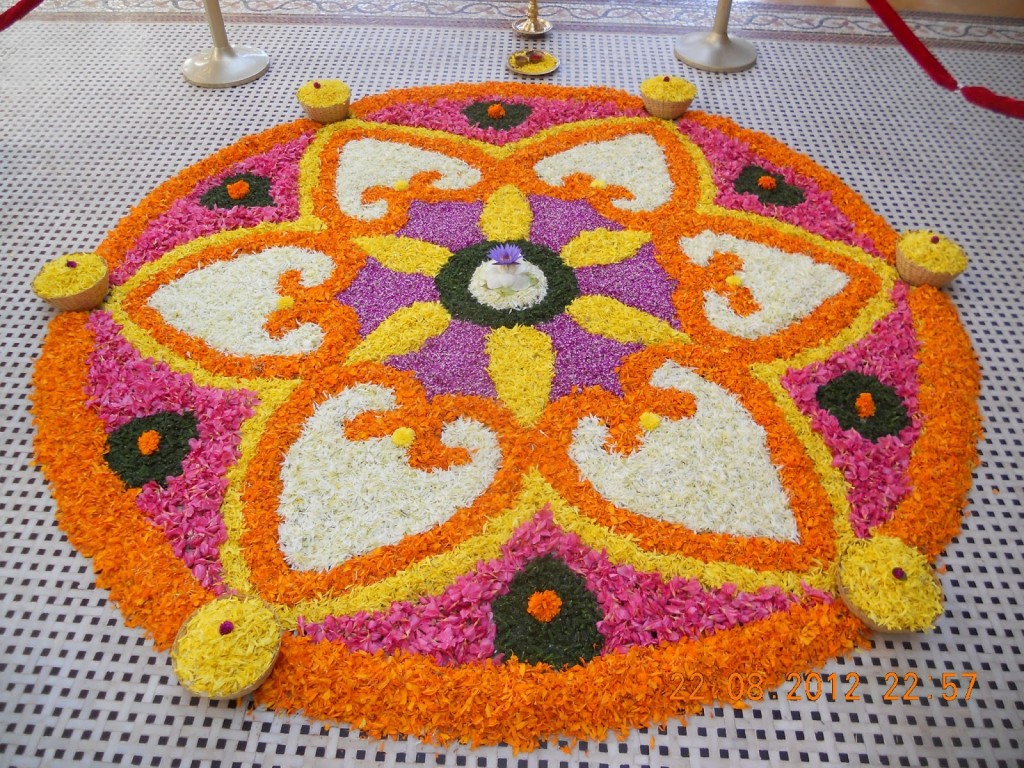
Onam is incomplete without the floral displays of intricately designed pookalams, or floral carpets. Competitions are also held for the best floral decoration, with people dedicatedly proving their creative prowess on these colourful displays.
As per tradition, the pookalams feature ten rings, each representing a Hindu god. Even the colours are chosen to please each god, and so the first layer consists of yellow flowers to signify the colour of Lord Krishna. Over the next few days, the pookalam gets filled with different colours using fresh flowers, finally standing in all bloom on the day of Thiruvonam.
The floral decoration starts on Atham which is 10 days before the main festival day i.e. Thiruvonam. This year (Onam 2016) atham falls on September 4th.
Onam Boat Race:
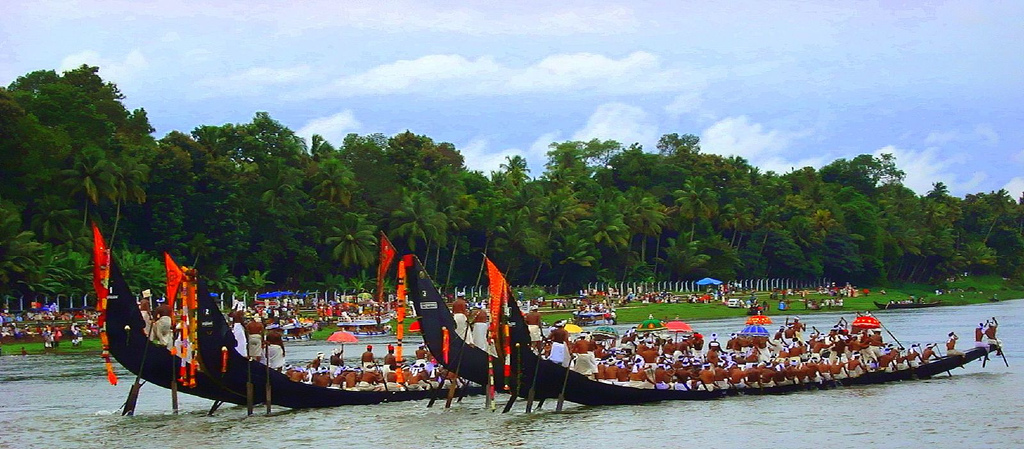
The Aranmula Boat Race is another highlight of Onam. While snake boat racing is a popular competition in Kerala, the one taking place in this quiet southern town of Kerala has a more religious significance. Considered to be one of the oldest snake boat races of Kerala, the Aranmula Boat Race commemorates the installation of the idol of Lord Krishna at the Aranmula Parthasarathy Temple, the starting point. The race is held on the Pampa river and features nearly 50 boats which ply from the shores after the temple rituals.
The race is followed by the ‘vallasadya’ – a grand feast to wrap up the ceremonial day. Oarsmen from each of the palliyoda (snake boat) will walk from the shore to the oottupura (dining hall) singing the vanchippattu (praising the deity of the temple) and sit down to feast. It is delightful to watch them sing and eat at the same time! They even ask for extra servings, in a sing-song tone.
This year Aranmula Boat Race will be conducted on September 18th as part of Onam 2016 celebrations.
Onam Sadya 2017:
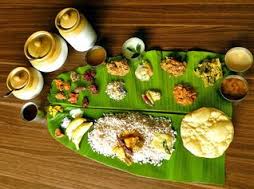
Not just for Onam, sadya or feast epitomizes celebration in Kerala, or by its people living at any part of the world. Sadya can even be considered as the birthright of a Malayalee, who love their palate. The sadya is no light fare, as it comprises of more than 20 dishes. Traditionally, the Aranmula vallasadya is the mother of all sadyas, with up to 64 vegetarian dishes.
Onam Pulikkali 2017 or Tiger Play:
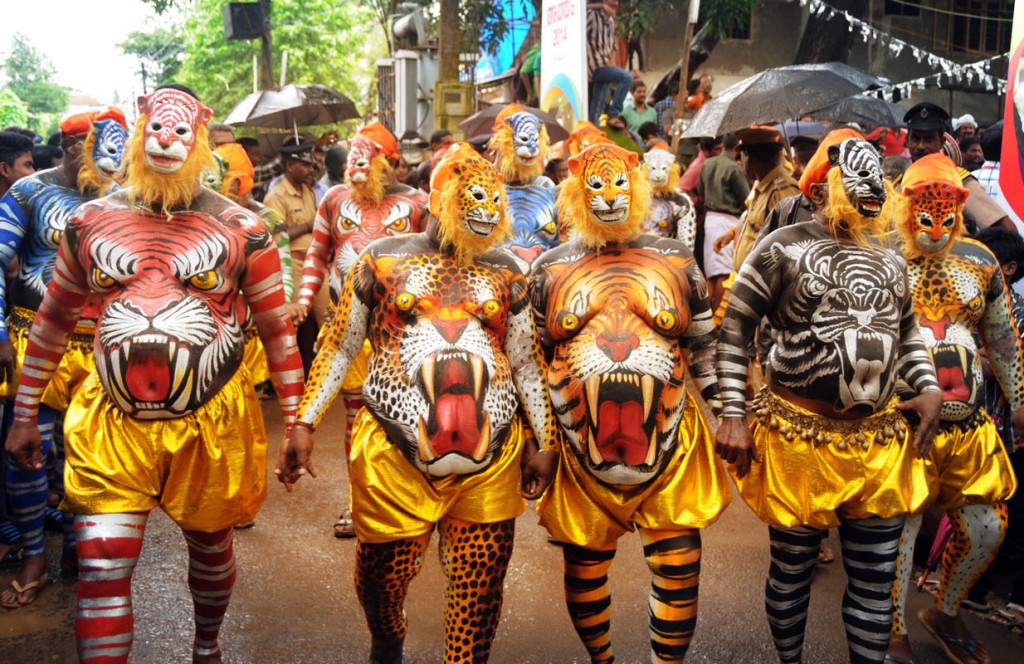
Tigers take to the street during Onam. Not real ones, but big-bellied men (mostly) painted head to toe in tiger print. They dance and sing and beat traditional percussions such as ‘udukku’ and ‘thakil’. It is a 200-year-old dance form, and has its roots during the reign of the Kochi Raja. Today it is mainly practiced in Thrissur on the fourth day of Onam.
As part of onam 2017 celebration pulikali will be conducted on September 8th at Swaraj Round, Thrissur.
Importance and Significance – Onam 2017
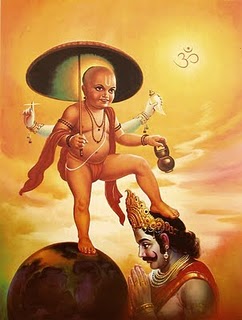
Legend has it that, the Thrikkakara Vamanamoorthy Temple is dedicated to Lord Vamana, the fifth incarnation of Lord Vishnu. The tale goes that Thrikkakara was the “abode of good demon King Mahabali”. He was known to be loved and respected for being a just and generous ruler. His popularity however worried the gods who send Lord Vamana to send the king to the underworld. Vamana reached earth, met the king and requested for three paces of land.
To grant this wish, the king sacrificed his kingdom and was exiled, with one last wish – to be allowed to return to the state once a year to visit his subjects and see that all was well; that people were happy, content, and well-fed. Thus was born Onam. It is believed that the spot where Vamana send Mahabali into the nether world is where the temple is located.
One historian however debates this tale. Vasisht M.C., Assistant Professor of Kerala History, Malabar Christian College, Kerala, insists there is no historical evidence of Mahabali . “One of the earliest references to Onam comes from inscriptions found in four temples in the state. These indicate that agriculture expanded between the ninth and 12th centuries, and Onam was an agrarian festival closely related to Kerala’s biggest landowners.” Vasisht says these landowners were elite, with access to temples, rich garments and jewellery. “It was an elitist festival, which has now become popular and is celebrated by the masses.”
Happy Onam 2017 to all our readers!
- Onam 2017 – Importance and Significance - July 19, 2016

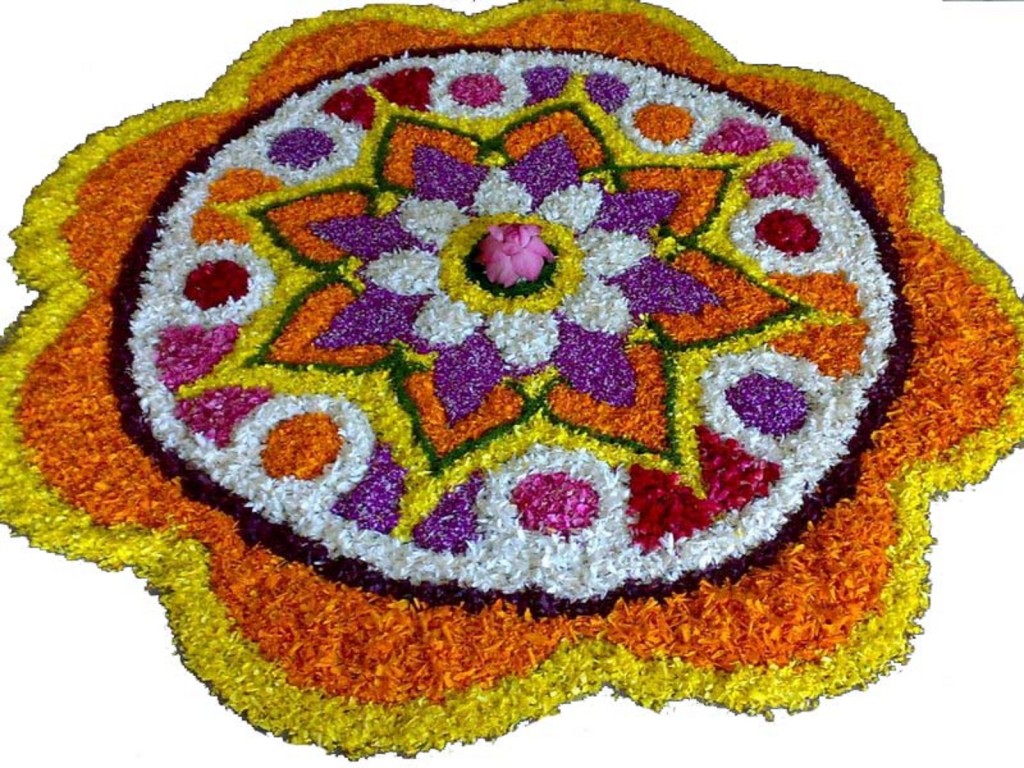
0 Comments